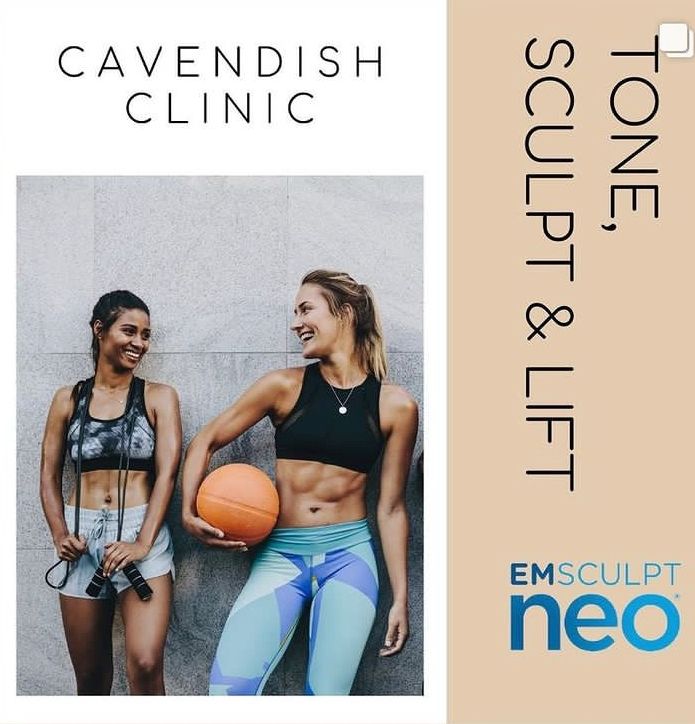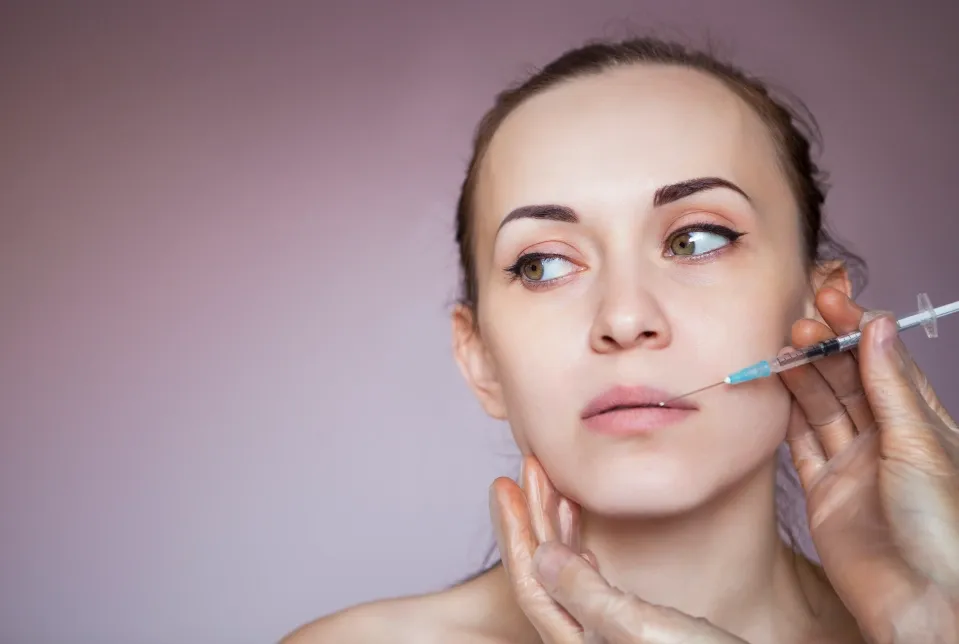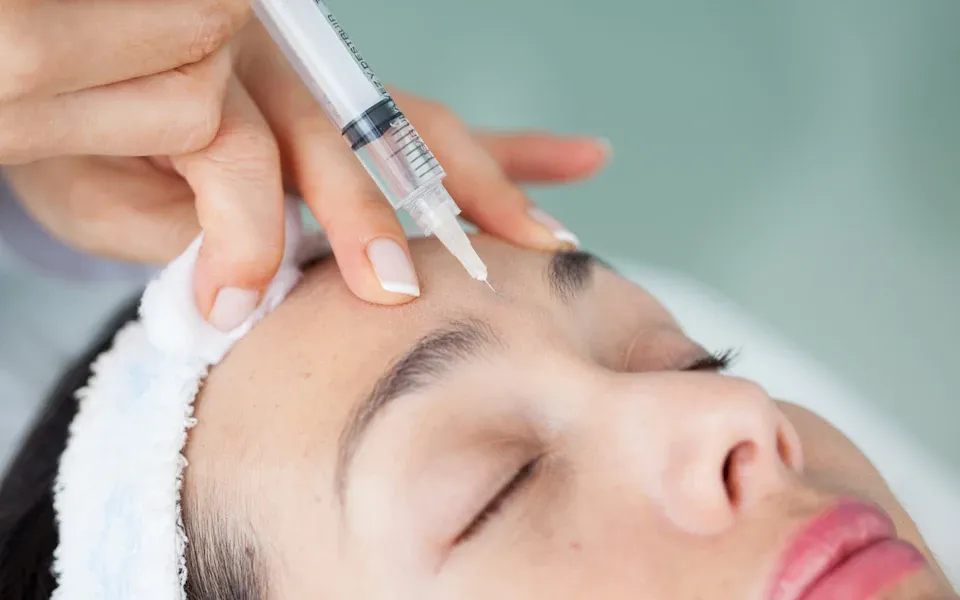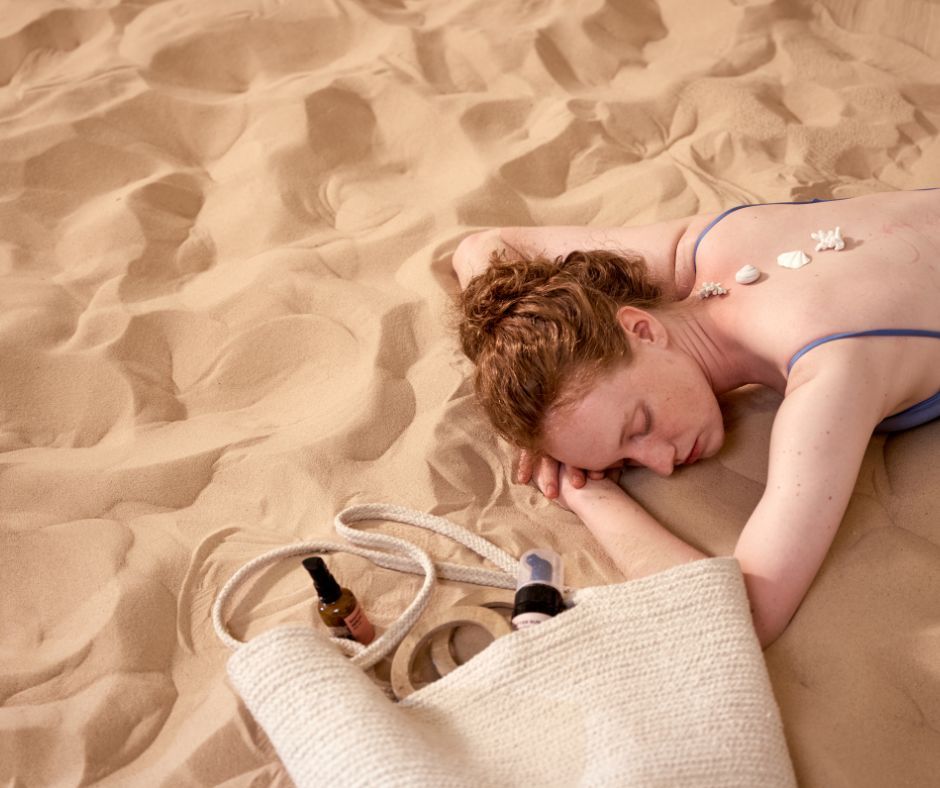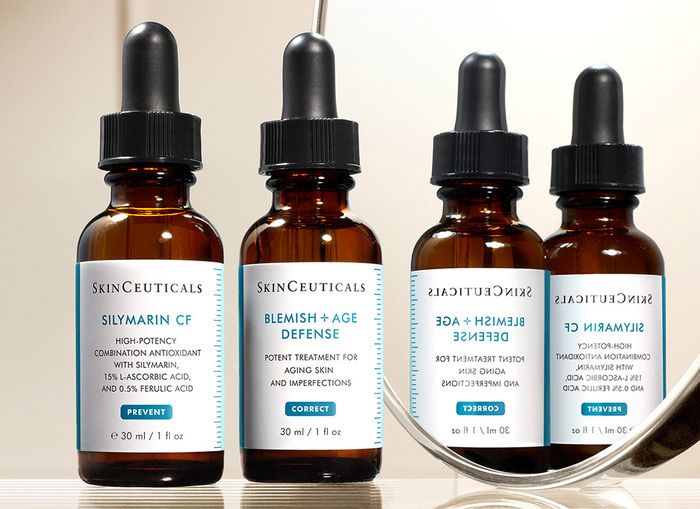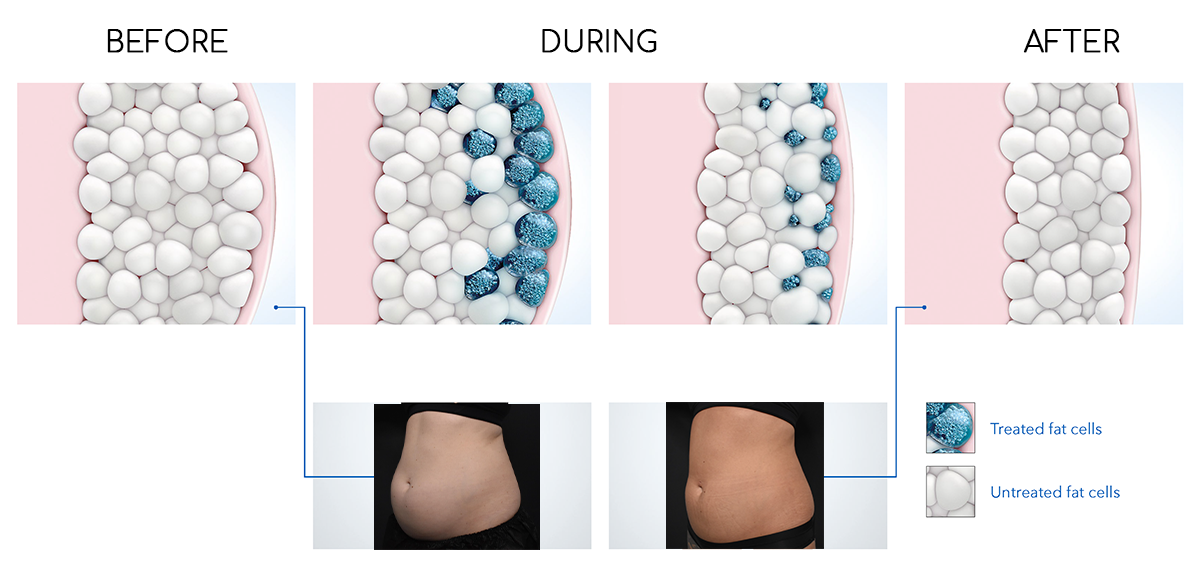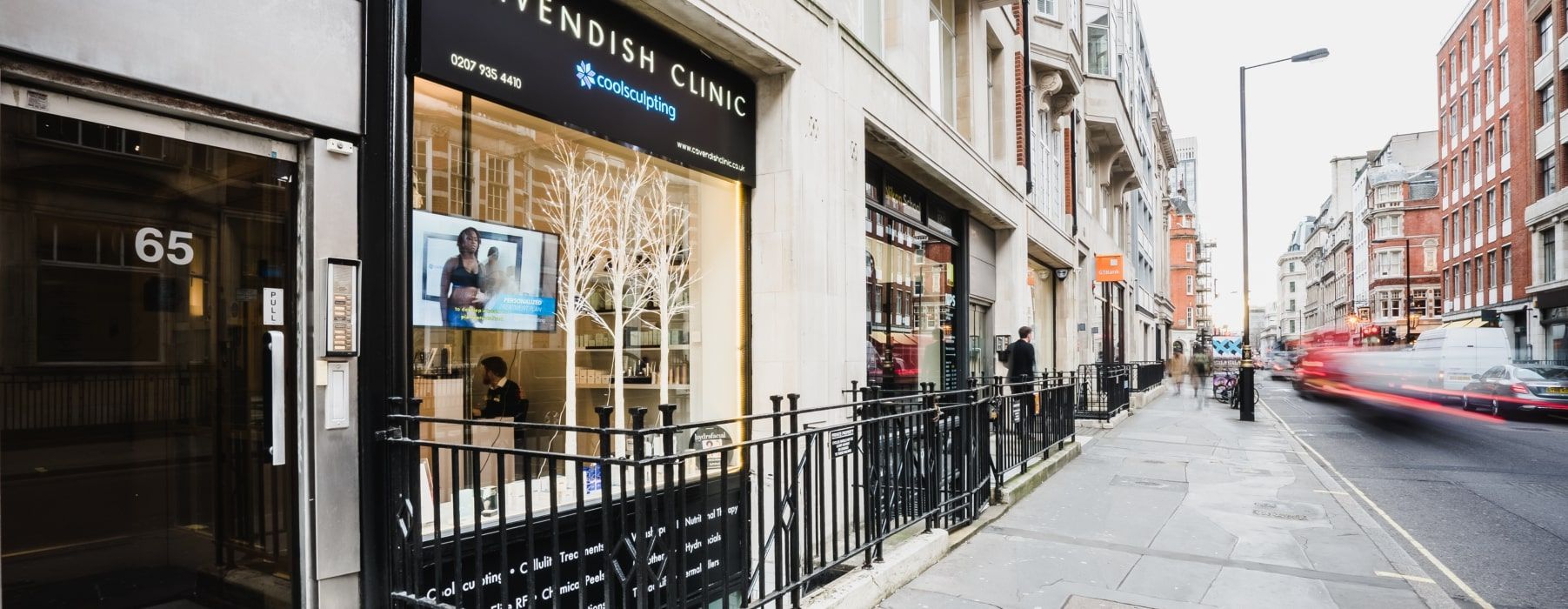1. What is the difference between Botox® and dermal filler?
The brand name Botox® is the name for anti-wrinkle treatment that is injected into the skin and relaxes the muscles to smooth out lines and wrinkles, such as crow’s feet and frown lines. Dermal fillers, usually made of hyaluronic acid or someone’s own fat, are also injected into skin and fill out the lines. Dermal fillers also promote collagen production by stimulating your fibroblasts which are cells present in your connective tissue.
Here at Cavendish Clinic, we use both of these injectable fillers to plump, restore, define, contour and rejuvenate.
2. How long does Botox® take to work?
Botox®injections don’t give a result immediately, typically taking between 2-5 days for people to see and feel results. Dermal fillers however are immediate and can be seen as soon as the treatment is administered with additional collagen stimulation taking 6 weeks.
The effects of dermal fillers are not only temporary but can be reversed if necessary.
3. How long do Botox® and Dermal filler results last?
Depending on your age and the depth of lines, Botox® typically lasts 3-6 months. Patients in their 20’s and 30’s usually have Botox® twice a year with older patients having 3 or 4 treatments a year.
Depending on where the treatment area is, dermal fillers can last between 6 months to a year or even longer. Very active areas like your mouth will wear down quicker than others such as the nose. It will also depend on how quickly your body breaks down the hyaluronic acid.
4. What happens when Botox® results wear off?
You’ll be pleased to hear results don’t wear off overnight! It’s a common myth that the areas you have injected will look worse than the original state with both Botox® and dermal fillers.
You’ll very gradually see that you can move your forehead, your frown will eventually come back and crow’s feet appear again. Areas treated with dermal filler will slowly go back to normal too.
5. What if I don’t like the look after Botox® or Dermal Fillers?
In the highly unlikely event you don’t like the look after your Botox®or dermal filler treatments, Botox® will wear off eventually and dermal fillers can be dissolved if you really want them to be.
If you choose to have a treatment with our consultants here, you will have had an in-depth and informative consultation where we will manage expectations properly.
6. Will my face look older once I stop using Botox® or fillers?
No.
Whilst the natural ageing process does continue the use of Botox® and dermal filler will make you mature nicely. The collagen stimulation from hyaluronic acid filler will also give your skin better support.
7. What can’t I do after using Botox® or fillers?
Some things to watch out for:
- Don’t touch the area treated for the first 2 days following treatment. No facials, waxing or massages for the first 2 weeks
- Don’t take aspirin, ibuprofen or other anti-inflammatory medication for 24 hours after treatment as -this may increase bruising. You may take paracetamol or codeine if you are uncomfortable
- No strenuous exercise or gardening for at least 24 hours but light exercise such as walking is ok
- Don’t have a sauna, hot tub or go in a tanning booth for 2 weeks after treatment. Always wear a broad-spectrum, high factor sun protection (SPF 30-50) on the face, neck, décolletage and hands
8. How much does Botox® cost?
We treat each patient individually and different treatment options may be available. A guide price can be provided upon an injectables consultation.
9. What are the risks with Botox®?
Some common injection-related reactions are mild swelling, redness, pain, itching, discolouration, bruising and tenderness. Some very rare and usually temporary side effects can include an allergic reaction to Botox, local numbness, upper eyelid ptosis or a temporary headache.
10. What are the risks with dermal filler?
As with everything, there are risks to using dermal fillers such as skin reactions like redness, swelling, or a rash. These can be accompanied by itching or pain when you apply pressure afterwards. Bruising, lumps or nodules can also occur the first few days after treatment.
Other very rare risks include discolouration or lightening of the injection area, necrosis (cell death,) abscesses or foreign body reactions and immediate or delayed hypersensitivity reactions along with a poor or weak filling.
This is why we always advise anyone exploring Botox® or dermal filler treatments to do their research and find a highly skilled medical aesthetic practitioner to minimize these risks.
Why not speak to one of our consultants today and find out more about dermal fillers and Botox®.
By Dr. Veerle Rotsaert
